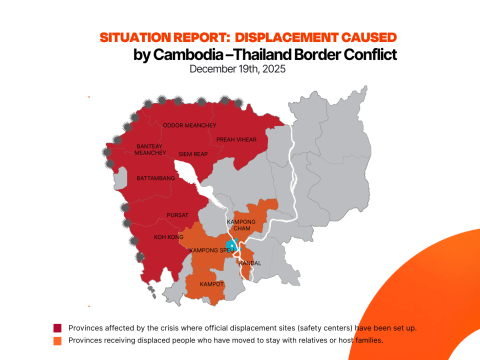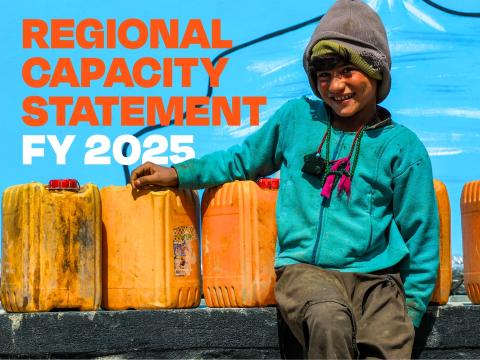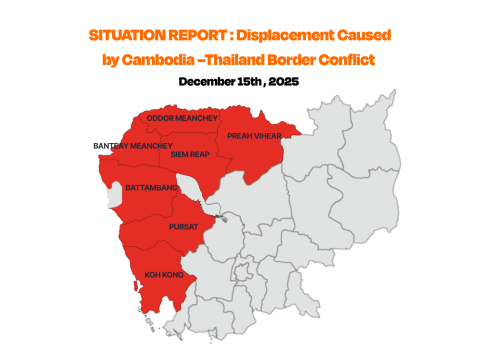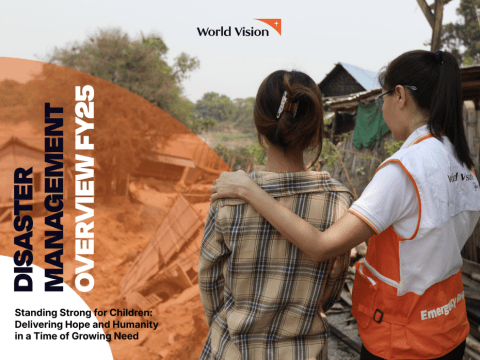Ethiopia - November 2018 Situation Report
DownloadKEY HIGHLIGHTS
- Meher (September to February crop harvests) assessments under way: The 2018 Government-led multi-agency needs assessment was conducted between 17 November and 15 December. The assessment was meant to take stock of the performance of the kiremt (summer) rains on harvests and the performance of the short seasonal deyr/hagaya (autumn) rains in the lowland areas of south and southeastern Ethiopia. The results of the assessment will be critical in determining the humanitarian needs for 2019.
- New displacements continue: An estimated 240,000 people have been displaced in the western region of Benishangul Gumuz since September due to intercommunal violence in Kamashi zone. Despite the deployment of federal security forces to quell the violence, reports of conflict persist. Also, renewed violence between the Gebra and Garre communities displaced at least 15, 000 people in the border town of Moyale located between Oromia and Somali regions.
- Insecurity hindering access to IDPs: Even though Government and humanitarian partners have been able to access IDPs who were displaced from Benishangul Gumuz region and are currently hosted in East and West Wollega zones in the neighbouring Oromia region, this access has been very limited due to insecurity. This is preventing at least 254,000 internally displaced persons from accessing the much needed help.
- 2018 Humanitarian Appeal underfunded: As of 31 October 2018, the funding status for the 2018 Humanitarian and Disaster Resilience Plan (HDRP) midyear review stood at 68%. Out of the total requirement of US$1.494 billion identified in the HDRP to address critical humanitarian needs of close to 8 million people, Government and partners have successfully mobilized US$1.016 billion (excluding pledges), leaving a gap of US$478 million.



